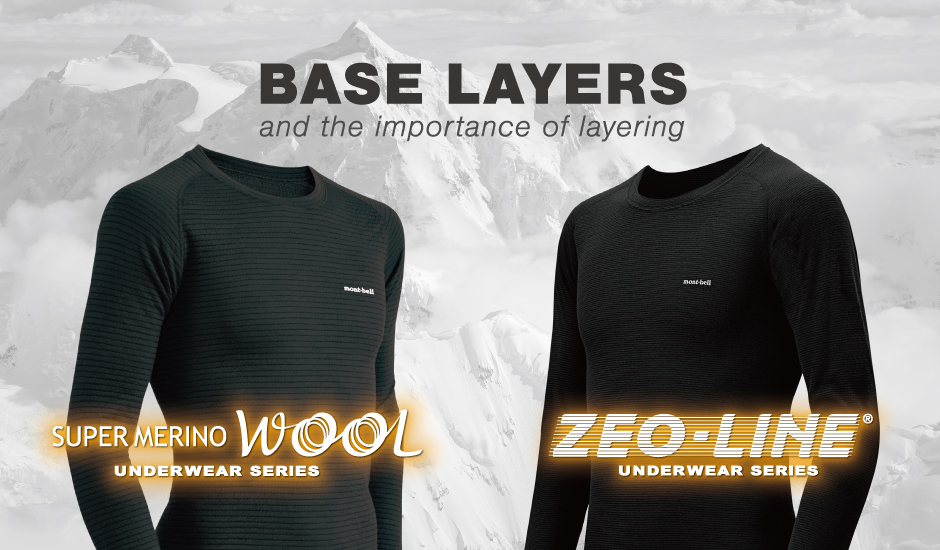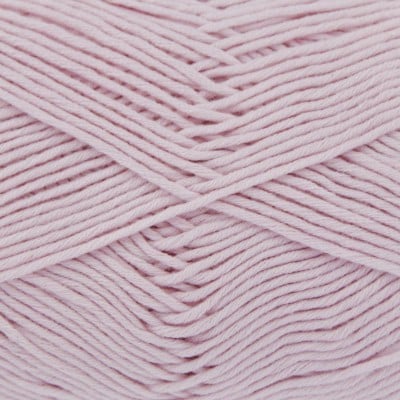Why Are Yak Merino Wool Base Layers So Efficient For Winter Sportswear In Terms Of Natural Fiber Benefits And Environmental Sustainability?
Yak merino base layer are great for winter sports clothes due to their superior performance and also due to the fact that they have natural fiber benefits in addition to sustainable environmental impact. Renewable and biodegradable.
Both wool from yak and merino are natural fibers made from animals (yak and merino sheep, respectively). Renewable resources, they can be harvested sustainably without harming animals. These fibers are naturally biodegradable and don't damage the environment.
Low Environmental Impact-
Natural fibers tend to have a smaller environmental impact than synthetic fibers. The process of harvesting and cultivation of wool involves fewer chemical processing and is less dependent on renewable resources in comparison to synthetic fibers.
Energy Efficiency
Wool fibers use less energy to process than synthetic fibers, such as polyester or nylon. The manufacturing process for natural wool requires less energy, which decreases carbon emissions.
Minimized Microplastic Pollution
Natural wool fibers do not contribute to the microplastic pollution of waterbodies like synthetic fibers.
The Longevity & Recyclability of Plastics
Yak merino clothes are usually durable, lasting a long duration. Wool fibers are also able to be recycled and repurposed. This helps reduce consumption and also the environmental impact.
Sustainable Practices
Some wool producers and manufacturers adhere to ethical and sustainable practices, which ensure the welfare of animals and responsible land management and fair labor conditions for workers involved in the process of production.
Environmental Certification-
The Responsible Wool Standard or the Global Organic Textile Standard are certifications that verify ethical and environmentally conscious practices within the wool production industry. They provide consumers with assurances of sustainability.
Base layers made of yak merino are typically eco-friendly since they are sourced from renewable and natural sources. They also have little environmental impact during production and use ethical and sustainable supply chains. The reason is that natural fibers are environmentally friendly. See the top my sources for merino wool base layer for website advice including omniwool base layer, merino wool thermals, wool thermals womens, paradox merino blend, wool base layer womens, long johns for skiing, smartwool base layer womens, smart wool baselayer, wool base layer mens, merino ninja suit and more.

What Are The Benefits Of Bamboo Clothing For Outdoor Winter Clothing In Terms Comfort, Durability And Protection?
Durability, comfort and security are just a few advantages of bamboo clothing for outdoor winter wear.
The soft texture and softness makes it gentle for the skin. Bamboo fabric is frequently compared with silk or cashmere due to its lavish appearance.
Bamboo fibers are known for their wicking properties which allows them to wick moisture away from skin and keep the wearer dry and comfortable.
Thermal Regulation- Bamboo clothing has natural temperature-regulating properties, providing warmth in winter while remaining breathable to prevent overheating.
Sustainability-
Bamboo is renewable source of energy. It can grow quickly and without pesticides or chemical fertilizers. It is a material that is able to regenerate quickly, which makes it an environmentally friendly option.
Low Environmental Impact- Bamboo cultivation typically uses less water compared to conventional cotton farming and doesn't reduce soil nutrients. Bamboo releases more oxygen and absorbs CO2 in comparison to other plants.
Protection for Outdoor Wear-
UV Protection – Bamboo fabric contains natural UV-resistant qualities that provide protection against harmful UV Rays.
Bamboo is an antimicrobial that is a natural ingredient, referred to as "bambookun," and it aids in stopping the growth of bacteria that cause odor. This keeps clothes fresher for a longer period of time, especially when doing outdoor activities.
Additional Benefits
Bamboo fibres are tough and durable. They can be used for outdoor clothing that is subjected to rough use.
Biodegradability. Bamboo clothing is biodegradable. They are able to decompose naturally at their end of life, reducing the environmental impact.
Bamboo fabric in outdoor winter clothes gives you a mix of comfort, thermal regulation (regulating body temperature), water management, and sustainability. This is why it is a preferred option for clothing that is eco-friendly. Have a look at the top bamboo clothings for more recommendations including bamboo sweatpants, ladies bamboo t shirts, freefly hoodie, bamboo baby clothes, bamboo clothing brand, bamboo shorts mens, bamboo sun hoody, bamboo yoga clothing, bamboo pajama pants, ladies bamboo t shirts and more.

What Are The Differences Between Bamboo And Merino Clothing?
Merino layers along with regular wool, and bamboo clothes have distinct features.
Softness- Merino wool is renowned for its fine and soft fibers, making it comfortable against the skin. It is much less likely to cause itching and irritation than traditional sheep's wool.
Merino has excellent moisture-wicking qualities. It draws moisture away from your skin, allowing it to evaporate, leaving you feeling dry and at ease.
Insulation- Merino wool is extremely warm, even when wet. It regulates temperature and offers insulation for cold weather, and allows for breathability during hot weather.
Odor Resistant - It stops the development and spread of bacteria that cause odors and keeps clothes fresher for a longer time.
Bamboo Clothing
Bamboo clothing is renowned for its silky and soft feeling, which is often compared to silk or cashmere. It's soft and luxurious to wear.
Moisture-Wicking Bamboo fabric has properties to wick moisture away that draw the moisture away from your skin and keeps the wearer dry throughout physical exercise.
Temperature Regulation- Bamboo clothing has natural temperature-regulating abilities, offering warmth in winter and breathability to prevent overheating.
Sustainability- Bamboo has an abundance of renewable resources. It can grow quickly, without pesticides or fertilizers. It's biodegradable with a low environmental impact.
Regular Wool-
Texture. Wool is traditionally available in a variety of textures. Some are rougher and may cause irritation or itching.
Warmth- Wool provides excellent insulation, however it can feel weighty and heavy.
Wool absorbs moisture. This means it is less effective in wicking away moisture when compared with merino, bamboo or other fabrics. It retains heat even when wet.
Merino wool is soft and is extremely moisture-wicking it is odor-resistant and offers insulation. Bamboo clothing is supple, has moisture-wicking capabilities, regulates temperatures, and is environmentally friendly. Regular wool is different in texture. It may not be as soft or possess the same moisture-wicking capabilities as bamboo or merino however, it provides warmth. Each has distinct advantages which cater to various needs and preferences for winter clothes. See the best merino winter clothing recommendations for website tips including smartwool long johns, merino winter clothing hunting, smartwool 1 4 zip womens, best wool base layer, smartwool long sleeve shirt, terramar merino woolskins, smartwool merino 250 base layer, merino base layer mens, sitka base layers, wool long johns women's and more.
 |


 新浪微博
新浪微博 QQ空间
QQ空间 人人网
人人网 腾讯微博
腾讯微博 Facebook
Facebook Google+
Google+ Plurk
Plurk Twitter
Twitter Line
Line








